Hare’s Fur Glaze: The Iconic Jian Zhan Finish Explained

Among the many iconic glazes in Chinese ceramics, the hare’s fur glaze—known as Tù Háo (兔毫) in Chinese—stands as a true classic. This glaze, once synonymous with Jianzhan tea bowls, captivated scholars, poets, and tea connoisseurs during the Song Dynasty. Even literary legends like Su Dongpo and Cai Xiang praised the unique charm of hare’s fur bowls in their writings.


What Makes a Hare’s Fur Bowl Exceptional?
The name “hare’s fur” refers to the glaze’s fine, elongated streaks that resemble the soft strands of a rabbit’s coat. In historical records, the best examples were those with long, slender, and evenly spaced streaks, perfectly aligned against a dark, glossy background. These visual qualities were so refined that ancient connoisseurs even developed grading systems based on the texture, color contrast, and pattern clarity of each bowl.

Color Variants: From Classic Yellow to Rare Silver
Depending on the glaze’s chemical composition and firing conditions, hare’s fur streaks appear in a variety of hues:
-
Golden-brown (Yellow Hare’s Fur) is the most common and traditionally admired. These streaks form as microscopic iron oxide crystals emerge during slow kiln cooling. Because the crystals are small, they don’t shimmer intensely, giving the streaks a soft, earthy tone.
-
Silver Hare’s Fur is rarer and more dramatic. It features silvery-white streaks over a deep black or blue background, with higher contrast and a more luminous effect. These glazes are much harder to achieve—requiring precise temperature control and careful formulation without feldspar crystallization. As a result, antique silver hare’s fur bowls are extremely scarce and highly prized by collectors.

A Closer Look at the Craft
The formation of silver streaks is largely due to the presence of iron and manganese oxides in the glaze. In some cases, visible clusters of iron crystals form at the center of the streaks, reflecting light in brilliant flashes. Compared to the more diffuse golden variants, silver hare’s fur glazes appear sharper and more lustrous, often sparkling when viewed under light.

Final Thoughts
Hare’s fur glazes are not just a visual treat—they’re a testament to the artistry and innovation of ancient Chinese kiln masters. Each bowl captures a moment of transformation inside the fire: minerals crystallizing into intricate patterns, never to be repeated. Whether you favor the warm depth of golden tones or the cool brilliance of silver streaks, a genuine hare’s fur Jianzhan bowl is more than tea ware—it’s a piece of history.
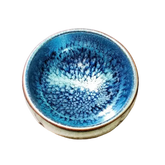


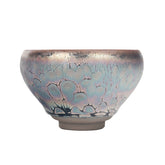
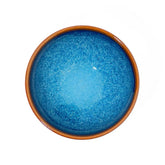
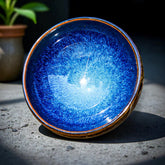
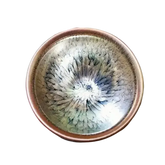
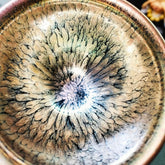
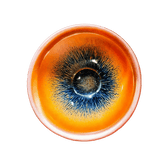

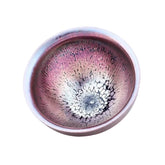


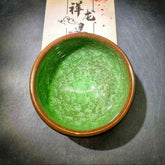
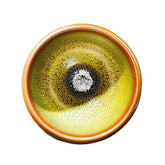
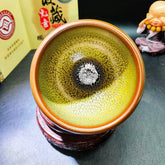
Leave a comment
Please note, comments need to be approved before they are published.